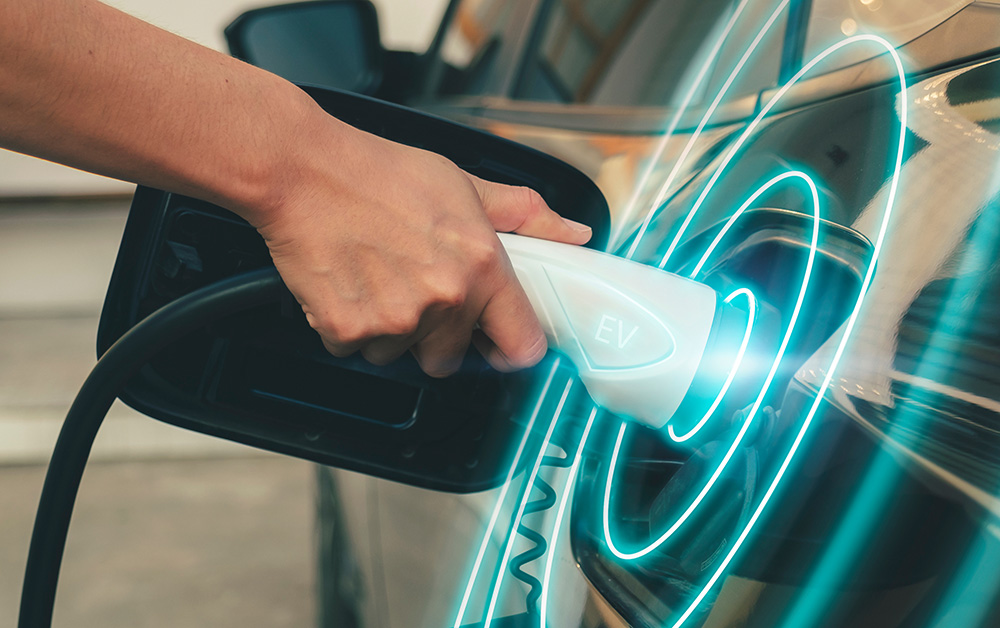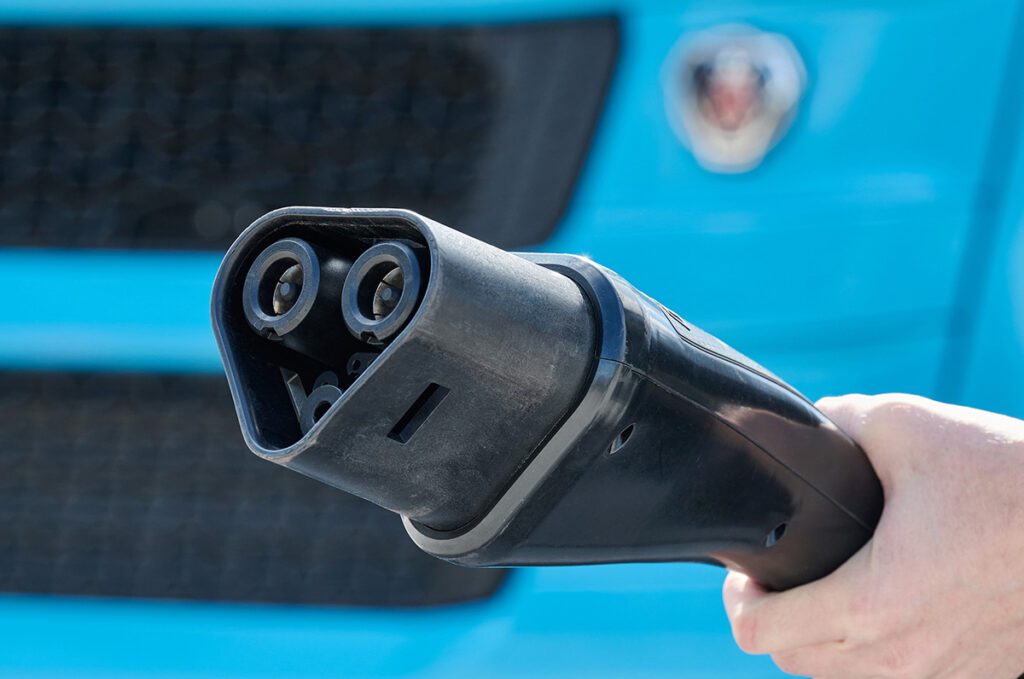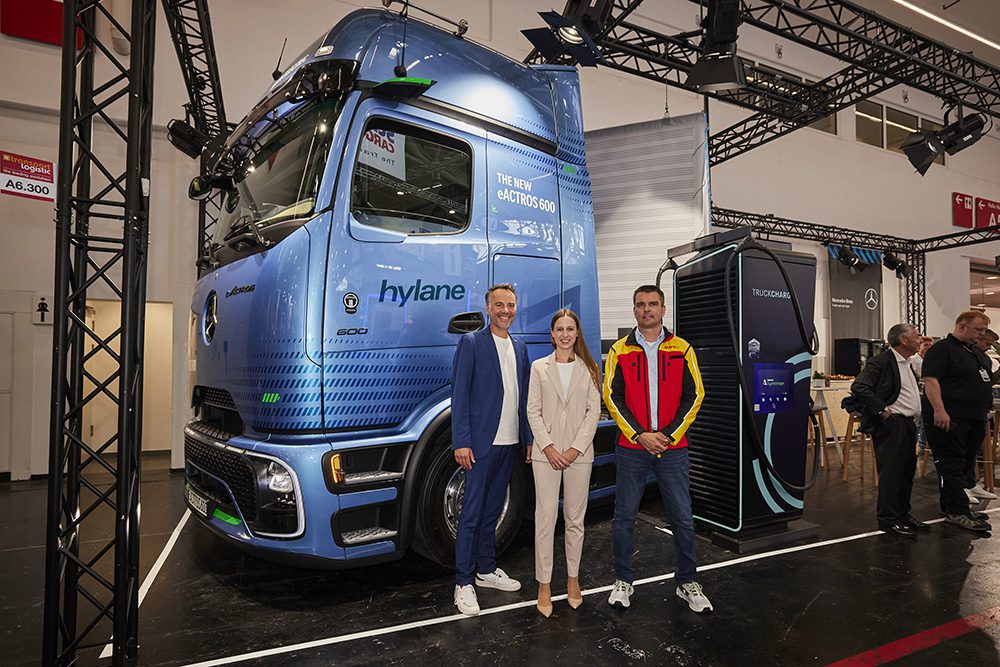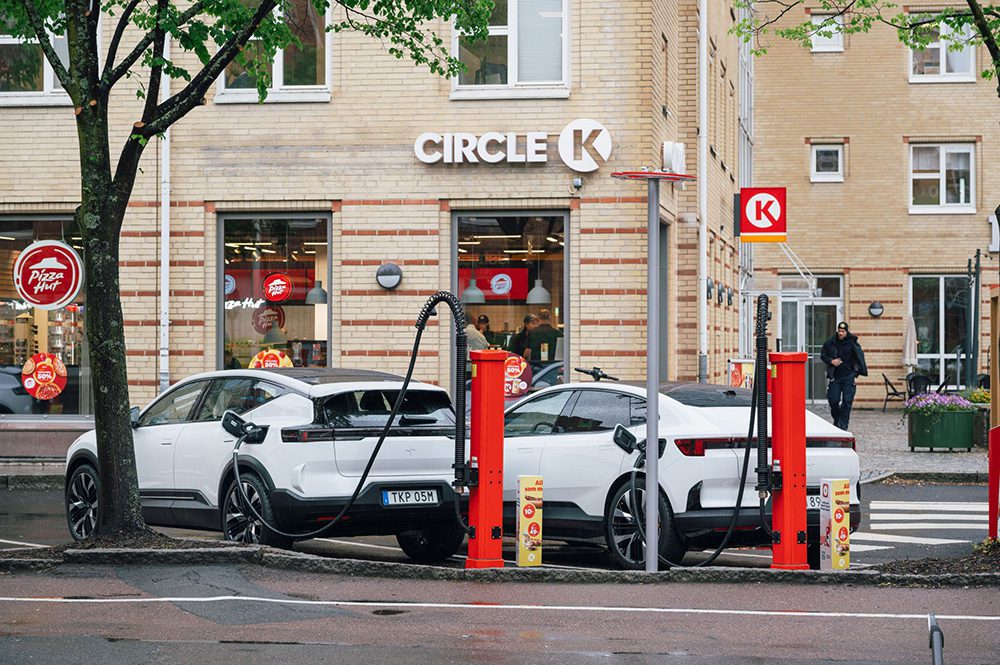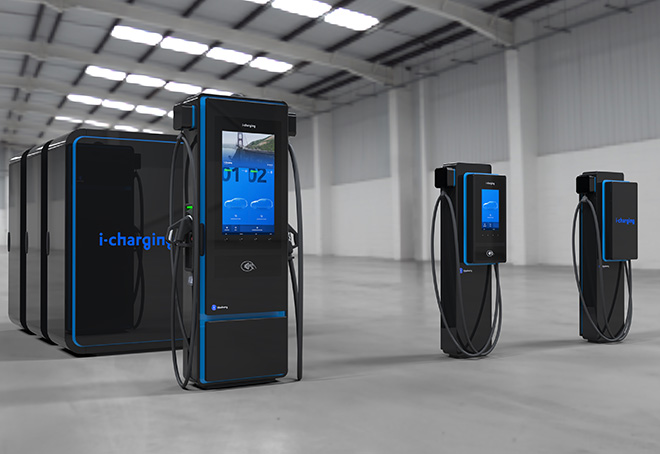Bidirectional charging and the vehicle-to-home and vehicle-to-grid applications it enables (collectively known as V2X) have the potential to turbocharge the EV industry, both by providing valuable features for drivers and by making EVs into an asset for the electrical grid.
At the moment, V2X is being used at commercial scale only in certain applications—mostly in “ideal use cases” such as electric school buses. Industry observers differ over how important residential V2X will eventually turn out to be.
Tracy K. Price is the founder and CEO of Qmerit, a provider of electrification services that handles EV charging installation jobs of all shapes and sizes out of over 3,000 locations in North America. In a recent interview, Price told Charged that he sees great potential for residential V2X applications.
“Bidirectional charging for the consumer, once they figure out what the legitimate clearing price is for those electrons, will be great because utilities want to sell electricity, they don’t want to buy it,” Price told Charged. “Right now, they’re buying it for a very low price—what they’ve locked in with some of the recent legislation for solar net metering—but realistically, the value of that managed charging capability or distributed energy resources is higher than the current market price.”
The value of that managed charging capability or distributed energy resources is higher than the current market price.
“Once this happens at scale, the consumer’s going to be in a better position to offset the cost of these systems. Commercial buildings will be as well. I think the utilities are going to have to raise the prices that they’re willing to pay, and there’ll be all kinds of people being aggregators and organizers—it should be an interesting market.”
We asked Price if his company is already installing residential bidirectional EV systems. “We have done early installations for some Ford F-150 customers,” he said. “One in particular is [EV expert and prolific writer] Tom Moloughney. We just did Tom’s house, and he’s got the full cradle-to-grave F-150 bidirectional system, including whole-home backup. We brought in a 400-amp service and split it into two 200-amp panels. One of the 200-amp panels is backed up by the generator. The other one is connected to the whole-home backup.”
Virtually every car company we talk to has some aspirational desire to be a whole-home backup provider.
“We work with GM, Ford and Lucid, and virtually every car company we talk to has some aspirational desire to be a whole-home backup provider,” Price continues. “There are some great models and pilots that have been done. It’s really cool when you can have a fleet of Nissan LEAFs show up to a building and offset the demand charges to pay for the vehicles and the fuel. That’s a great model.”
So far, only a few companies are offering bidirectional EV chargers, but Price believes there will soon be a decent selection of bidirectional chargers for people to buy. “Today, there’s some EV charger manufacturers that are offering bidirectional chargers. There are some auto OEMs: Ford’s the most recognizable, but Lucid has made their announcement, and GM’s made their announcement. A ton of the auto OEMs and the EVSE companies have either announced or have a bidirectional product coming to market.”
Source: Qmerit






